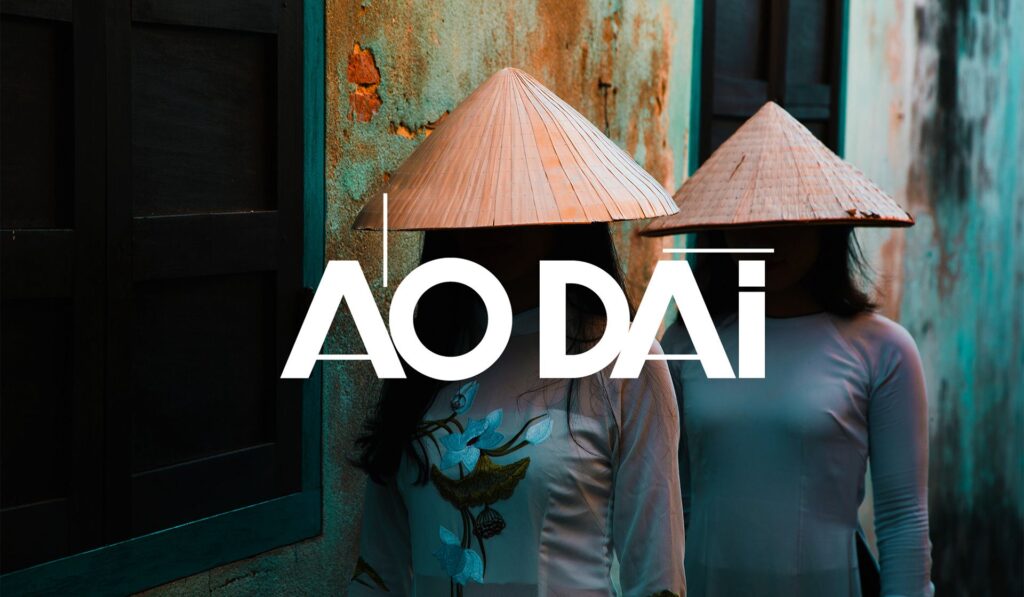
Hanoi, the capital of Vietnam, pulsates with life, a city steeped in history and tradition. Among the myriad threads woven into the vibrant tapestry of Hanoi’s culture, one stands out with particular elegance and grace: the Ao Dai. More than just a garment, the Ao Dai is a symbol, a story, and a testament to the enduring spirit of Hanoi’s people. Its legacy runs deep, intertwining with the social, political, and artistic fabric of the city’s evolution.
The Evolution of the Ao Dai in Hanoi
The Origins of the Ao Dai: From Royalty to the Masses
The origins of the Ao Dai can be traced back centuries, its roots firmly planted in the royal courts of the Nguyen Dynasty, Vietnam’s last ruling dynasty. Initially, it was reserved for the elite, symbolizing power and prestige. From the late 19th century, however, the Ao Dai began to transform, shedding its exclusivity and becoming more accessible to the wider population.
| Time Period | Key Developments |
|---|---|
| Nguyen Dynasty | – Ao Dai reserved for the royal court and elite |
| – Symbolized power and prestige | |
| Late 19th Century | – Ao Dai became more widely accessible |
| – Influenced by French colonial fashion | |
| – Silhouette became more fitted |
This transition coincided with the growing influence of French fashion during the colonial period, leading to the adoption of more fitted silhouettes and the integration of Western design elements.
The Ao Dai During Times of Turmoil
The Ao Dai’s metamorphosis continued during the tumultuous years of the 20th century. During the Vietnam War, the garment became synonymous with national identity, embodying resilience amidst hardship. Women donned the Ao Dai as a symbol of defiance and hope, a visible representation of their unwavering spirit in the face of adversity.
- The Ao Dai as a Symbol of Resilience During the Vietnam War
- Women Wearing the Ao Dai as a Statement of National Identity
- The Enduring Spirit of the Ao Dai in Times of Conflict
The Ao Dai in Traditional Ceremonies and Events
A Garment of Cultural Significance
The Ao Dai transcends the realm of mere fashion. Its significance lies in its ability to encapsulate a multitude of cultural expressions and traditions. From the delicate silk embroidery depicting traditional flora and fauna to the bold, symbolic patterns that reflect the dynamism of the city, the Ao Dai becomes a canvas upon which Hanoi’s identity is painted.
- The Symbolic Colors and Patterns of the Ao Dai
- The Interplay of Tradition and Modernity in Ao Dai Design
- The Ao Dai as a Unifying Force in Vietnamese Culture
The Ao Dai in Ceremonial and Celebratory Occasions
The Ao Dai remains a crucial element in traditional ceremonies and celebrations in Hanoi. From weddings to festivals, its presence adds a touch of timeless elegance and cultural significance. The Ao Dai’s versatility allows it to adapt to various occasions, transforming from a symbol of celebration to a representation of mourning.
- The Ao Dai in Weddings and Other Joyous Celebrations
- The Ao Dai in Funerals and Mourning Ceremonies
- The Ao Dai as a Unifying Force in Vietnamese Traditions
The Ao Dai in Modern Hanoi: A Blend of Tradition and Contemporary Style
Reinterpreting the Ao Dai: Designers’ Innovative Approaches
In the 21st century, the Ao Dai continues to evolve, reflecting the dynamism of Hanoi’s modern urban landscape. Fashion designers across the city are reinterpreting the traditional Ao Dai, infusing it with contemporary flair. Modern iterations showcase bold cuts, unconventional fabrics, and fusion elements, demonstrating the garment’s remarkable adaptability.
- Fusion Designs: Blending Traditional and Modern Elements
- Unconventional Fabrics and Innovative Silhouettes
- The Ao Dai as a Canvas for Contemporary Expression
Preserving the Essence of the Ao Dai
Despite these contemporary reinterpretations, the essence of the Ao Dai remains intact. Designers remain mindful of respecting the garment’s history and cultural significance while infusing it with a modern touch. The intricate embroidery, the delicate silhouette, and the subtle symbolism continue to resonate, ensuring that the Ao Dai remains a powerful emblem of Hanoi’s heritage.
- Honoring Tradition While Embracing Innovation
- The Evolving Ao Dai: Balancing the Old and the New
- Ensuring the Ao Dai’s Relevance in the Modern Era
The Ao Dai as a Source of National Pride and Cultural Diplomacy
The Ao Dai’s Global Influence
The Ao Dai’s influence extends far beyond Hanoi’s borders. It has become a symbol of Vietnam’s cultural heritage, recognized and admired around the world. From fashion runways to international events, the Ao Dai carries with it the legacy of Hanoi, its beauty and grace captivating hearts wherever it travels.
- The Ao Dai’s Presence in Global Fashion and Cultural Events
- The Ao Dai as a Diplomatic Tool for Cultural Exchange
- The Ao Dai’s Role in Promoting Vietnamese Identity Internationally
Preserving the Legacy: Challenges and Opportunities
As the Ao Dai continues to evolve, the need to preserve its cultural significance becomes increasingly important. Initiatives to educate the public, support traditional artisanship, and foster the next generation of Ao Dai enthusiasts are crucial in ensuring the garment’s enduring legacy.
- Educating the Public about the Ao Dai’s Cultural Importance
- Supporting Traditional Ao Dai Craftsmanship and Artistry
- Fostering the Next Generation of Ao Dai Enthusiasts
Conclusion
The Ao Dai is more than just a piece of clothing, more than just an iconic garment. It is a living testament to Hanoi’s rich history, a celebration of its culture, and a symbol of its enduring spirit. As the city continues to evolve, so too does the Ao Dai, constantly adapting and yet preserving its essence. The Ao Dai’s story is one of resilience, beauty, and tradition, a story that continues to be woven into the fabric of Hanoi’s cultural tapestry.